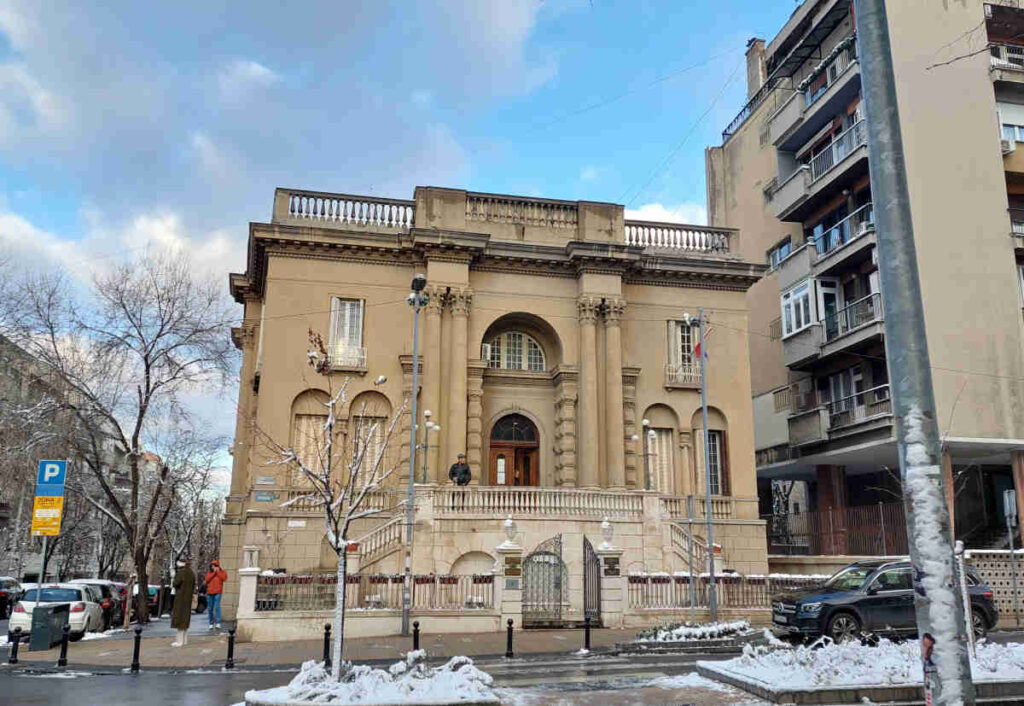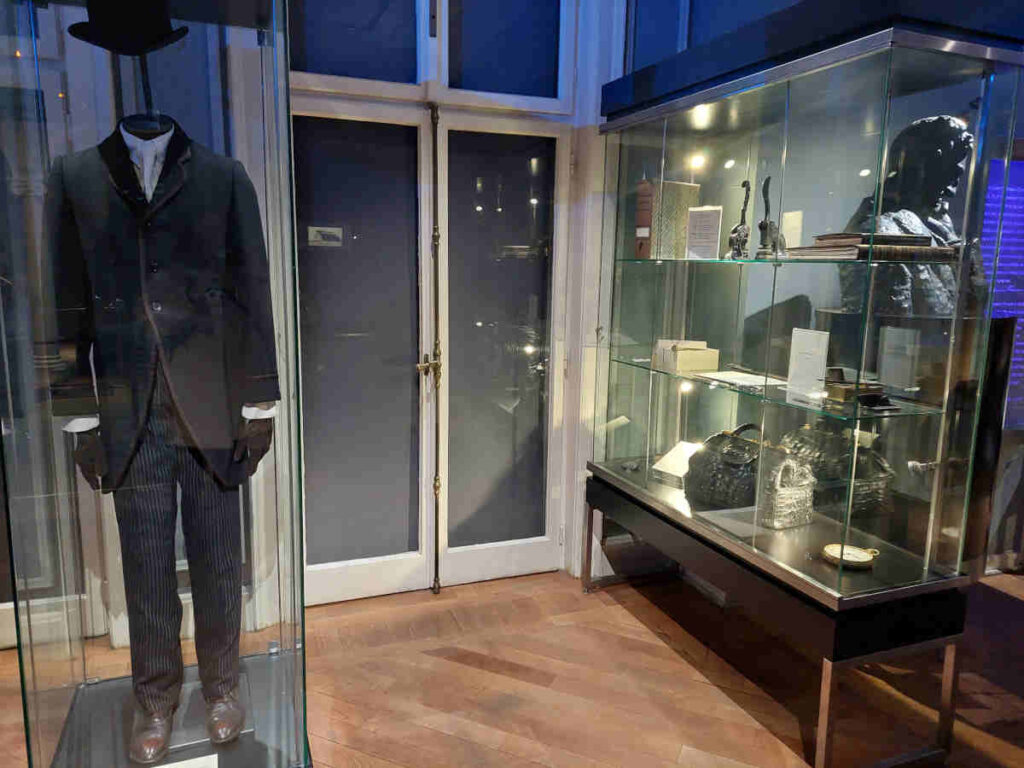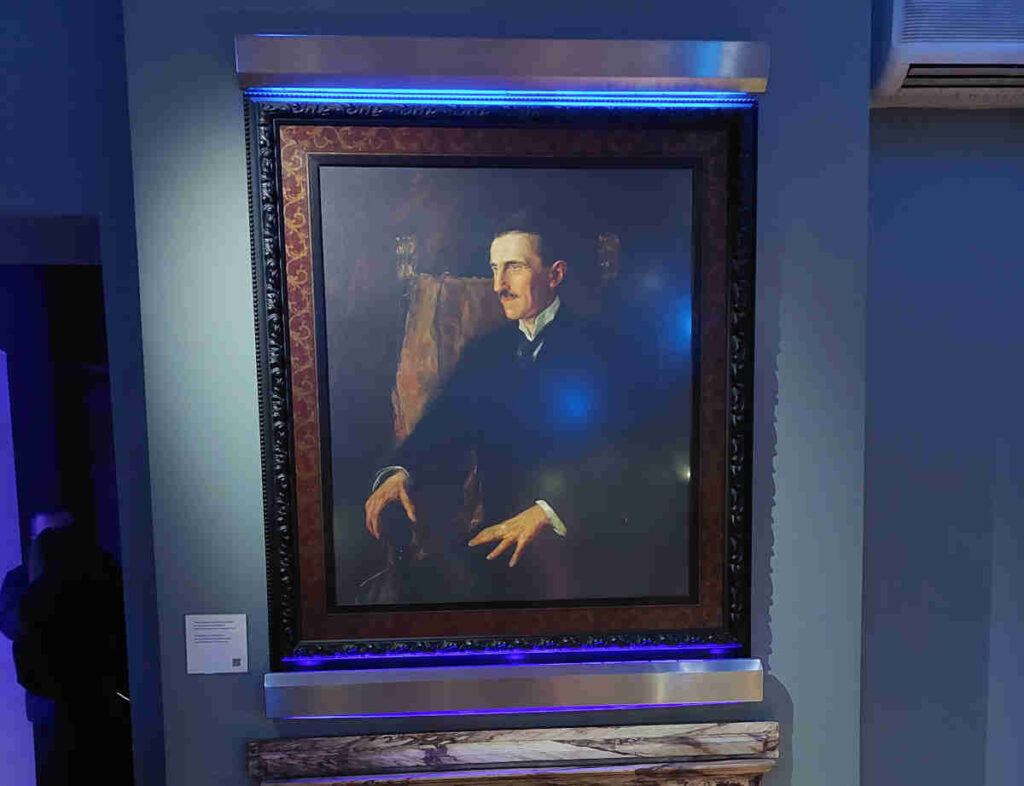
The Nikola Tesla Museum is more than a cultural institution, it is the final resting place of the greatest mind in the history of science. Having recently explored the museum, I’m eager to share insights that will assist you in organizing your visit and provide a clear understanding of what to expect.
Table of Contents
Where is the Nikola Tesla Museum Located?

Situated in the beautiful Krunska Street No. 51 in Belgrade’s city center, the Nikola Tesla Museum resides within a historic villa originally constructed for the Genčić family between the two World Wars (1927-1929) and designed by the renowned architect Dragiša Brašovan. Since 1952, this building has been the permanent home of the museum.
With no direct heirs, Nikola Tesla’s nephew, Sava Kosanović, became his sole heir and the person who contributed all the valuable artifacts to the Nikola Tesla Museum. In the aftermath of Tesla’s passing in 1943, Kosanović undertook the task of bringing the scientist’s belongings from the United States to Belgrade, where they now form an integral part of the museum’s rich collection.
The Guided Tour
Guided tours, available in both Serbian and English, start at the beginning of every hour and last approximately 45 minutes.
In the beginning, they play a short movie about Tesla, telling a story from his birth and family background, through his education, to his life in the United States. Three key factors most profoundly shaped Tesla’s personality: influences from his childhood and the moral and ethical norms instilled in his family, studies at the prestigious technical universities of the time in Graz and Prague, and the pragmatic world of American business that allowed him to realize his groundbreaking ideas.

Then, the guide takes you through the museum, showing and demonstrating some of Tesla’s inventions, patents and machines.
Clothes and Personal Items

After the guided tour, you can browse the museum and have a close look at a variety of Tesla’s personal items: his suits, shoes, hats, gloves, glasses, bags, etc. Contrary to popular belief, Tesla enjoyed a vibrant social life, evident from his collection of photographs and the meticulous care he took in his appearance. Notably, all his outfits were tailor-made and adorned with his initials, reflecting a keen sense of style and personal attention to detail.

The museum also exhibits a large safe that was found in Tesla’s room No. 3327 of the New Yorker Hotel, where he died alone in 1943. The original contents of the safe remain a mystery to this day.
The One and Only Portrait of Tesla

Legend has it that Tesla, not one to waste time on portrait sittings, sat for only one painting in his lifetime. This unique piece, known as the “Blue Portrait,” was crafted by Tesla’s friend, Princess Vilma Lwoff-Parlaghy. A replica of this extraordinary work is on display at the Belgrade museum, while the original masterpiece is housed in a museum in Husum, Germany.
Nikola Tesla’s Urn
Belgrade stands as Tesla’s final resting place, with the museum showcasing the urn containing his ashes. Intriguingly, the scientist visited Belgrade only once during his 86 years of life, spending just a couple of days here in 1892.

This museum provides a profound understanding of Tesla’s life, his revolutionary inventions, and the lasting impact of his contributions. As I left the building, I couldn’t help but feel a sense of awe and gratitude for the man whose innovative spirit continues to shape our world. The Nikola Tesla Museum is not just a place to explore history; it’s a tribute to the boundless possibilities of human imagination and the enduring power of innovation.

To plan your visit, head to the museum’s official website, where you’ll find all the details on ticket pricing, guided tour schedules, and transportation and parking information.


Leave a Reply